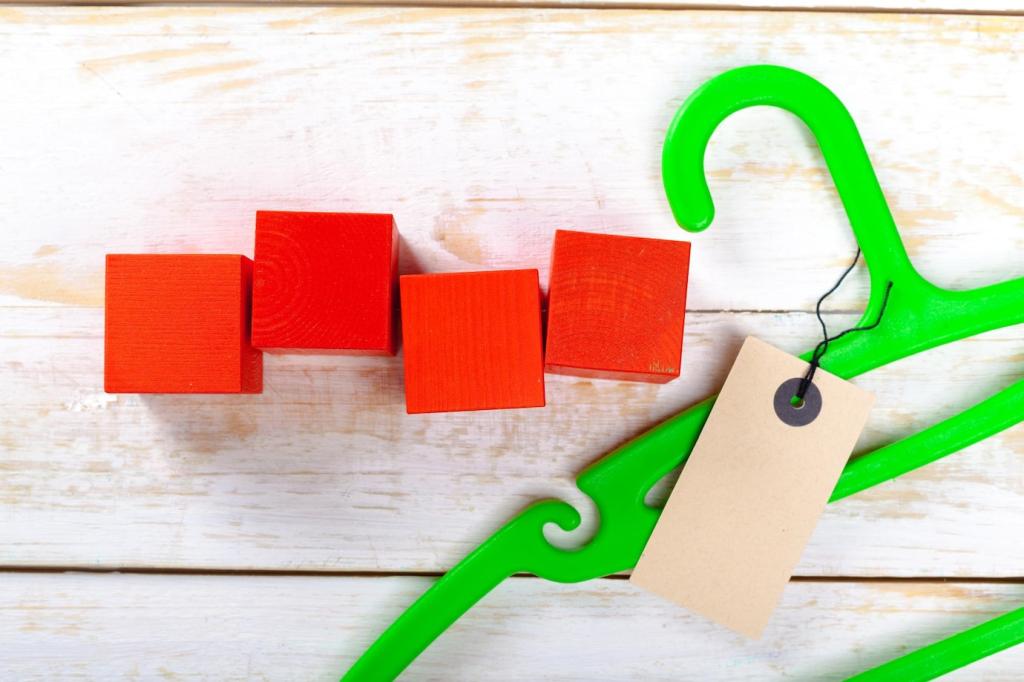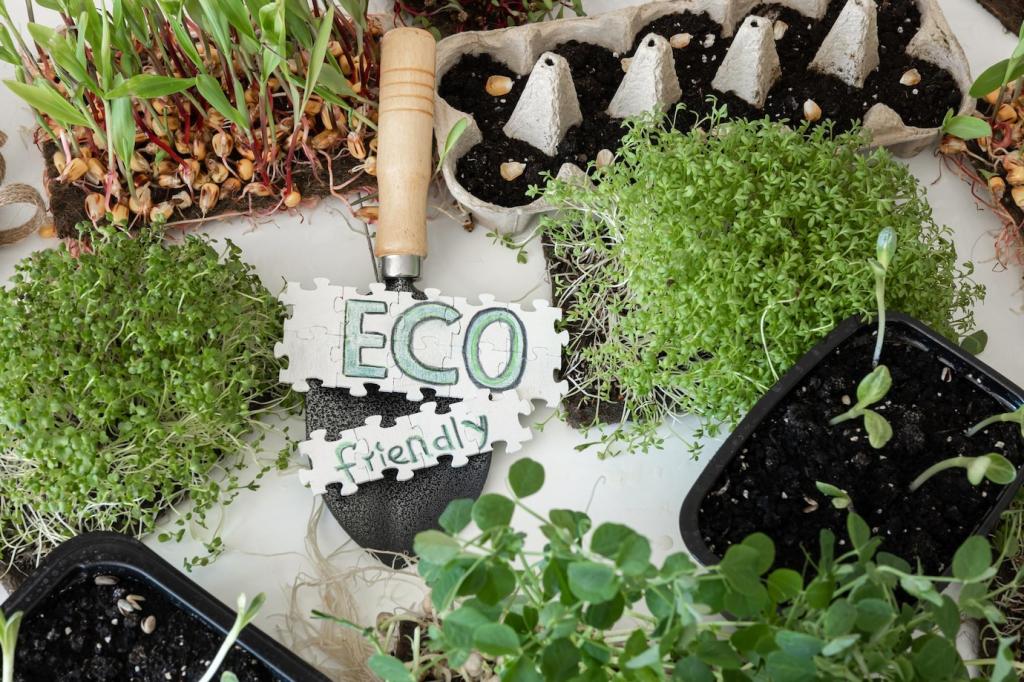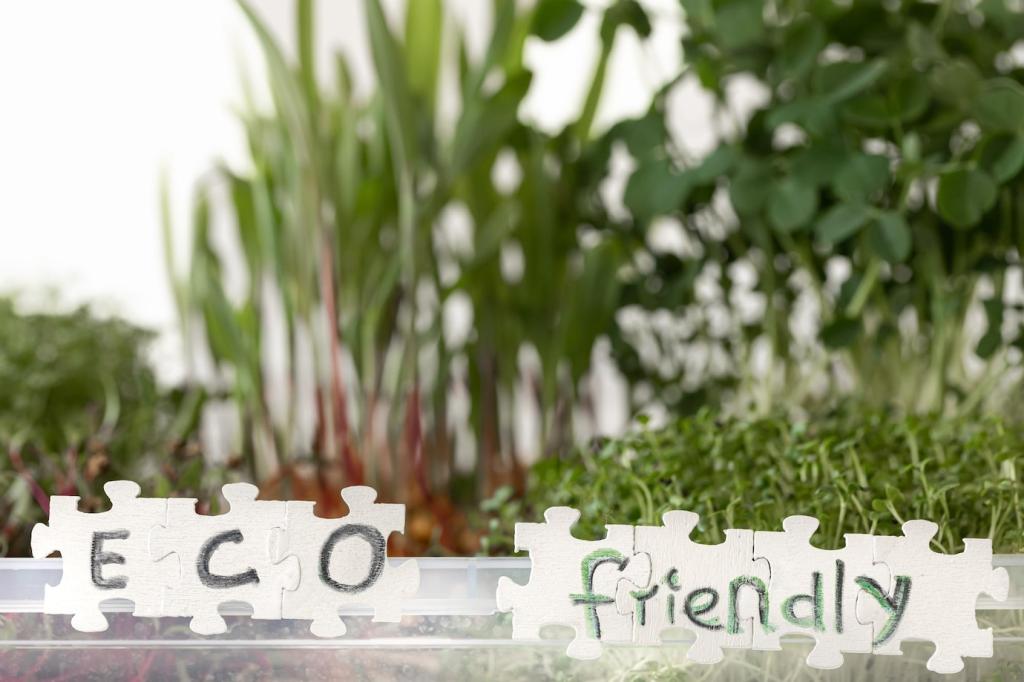Green Marketing Language and Its Impact: Words That Move Markets
Today’s chosen theme: Green Marketing Language and Its Impact. Explore how the right eco-focused words shape perception, influence behavior, and build trust—when used honestly. Join the conversation, share your experiences, and subscribe for thoughtful insights that help you communicate sustainability with clarity and integrity.

The Power of Words in Green Marketing
Phrases like “low-carbon” feel concrete, while “eco-friendly” often lands as a fuzzy promise. Framing specific benefits—recycled content percentages, energy savings per use—helps people visualize impact. Tell us in the comments which phrases moved you to act, and which ones made you roll your eyes.


The Power of Words in Green Marketing
Third-party verifications and specific data make green language believable. Referencing certifications, lifecycle assessments, and traceable materials turns claims into commitments. If a phrase can’t be backed up within one click, rewrite it or remove it. Subscribe for our checklist of evidence-rich wording.


Psychology Behind Eco-Claims
Ambiguity forces readers to work. Simple, measurable language—“cuts shower water by 32%”—reduces mental friction and boosts recall. When people understand quickly, they feel smarter and safer choosing you. Comment with phrases you’ve simplified that suddenly clicked for your audience.
Psychology Behind Eco-Claims
Words that affirm identity—“repairers,” “reusers,” “care-for-future buyers”—invite participation without guilt. Gentle, non-judgmental language grows communities faster than shaming. Invite readers to belong to a movement grounded in curiosity, not perfection. Subscribe to get monthly community-tested language experiments.



Test phrases for clarity, not only attraction. Compare “made with 78% recycled aluminum” versus “sustainably made” and measure not just click-through, but cart completion and return rates. Share your best-performing phrasing experiments so we can feature them in a future post.
Measuring Impact of Green Language
Pair surveys with comprehension checks: ask readers to restate claims in their own words. Track trust, perceived honesty, and confusion rates. Community panels often catch ambiguity before launch. Subscribe for a template that maps sentiment shifts to specific language choices.
Measuring Impact of Green Language

Specificity, Scope, and Boundaries
State exactly what is greener, by how much, and where the limits are. If only the bottle is recycled, say so. Naming trade-offs invites trust and collaboration. Tell us how you disclose limitations without losing momentum.

Regulatory Guardrails
Consult the FTC Green Guides and emerging EU Green Claims rules to avoid broad, unqualified statements. Back terms like “biodegradable” or “compostable” with conditions and timelines. Subscribe for our quarterly roundup translating legal updates into plain, usable language.

Internal Review Rituals
Create a cross-functional language review: marketing, legal, supply chain, and sustainability sign off together. A simple pre-launch checklist prevents costly rewrites. Share your team’s process so readers can learn from your safeguards.

Start with verified facts—percentages, certifications, timeframes—then translate them into a relatable story. Tie the metric to moments in life: morning routines, school pickups, weekend repairs. Comment with a metric you transformed into a meaningful human scene.

Avoid doom or triumphalism. Use verbs that invite participation—“choose,” “repair,” “refill”—and avoid moralizing. Hope grounded in evidence inspires steady action. Subscribe to receive monthly tone examples tested with diverse audiences.

Invite readers to correct you. Publish updates when data changes. A living FAQ that logs revisions shows your growth mindset. Ask your community which terms still confuse them, and promise to rewrite together. Add your suggestions below—we read every note.
